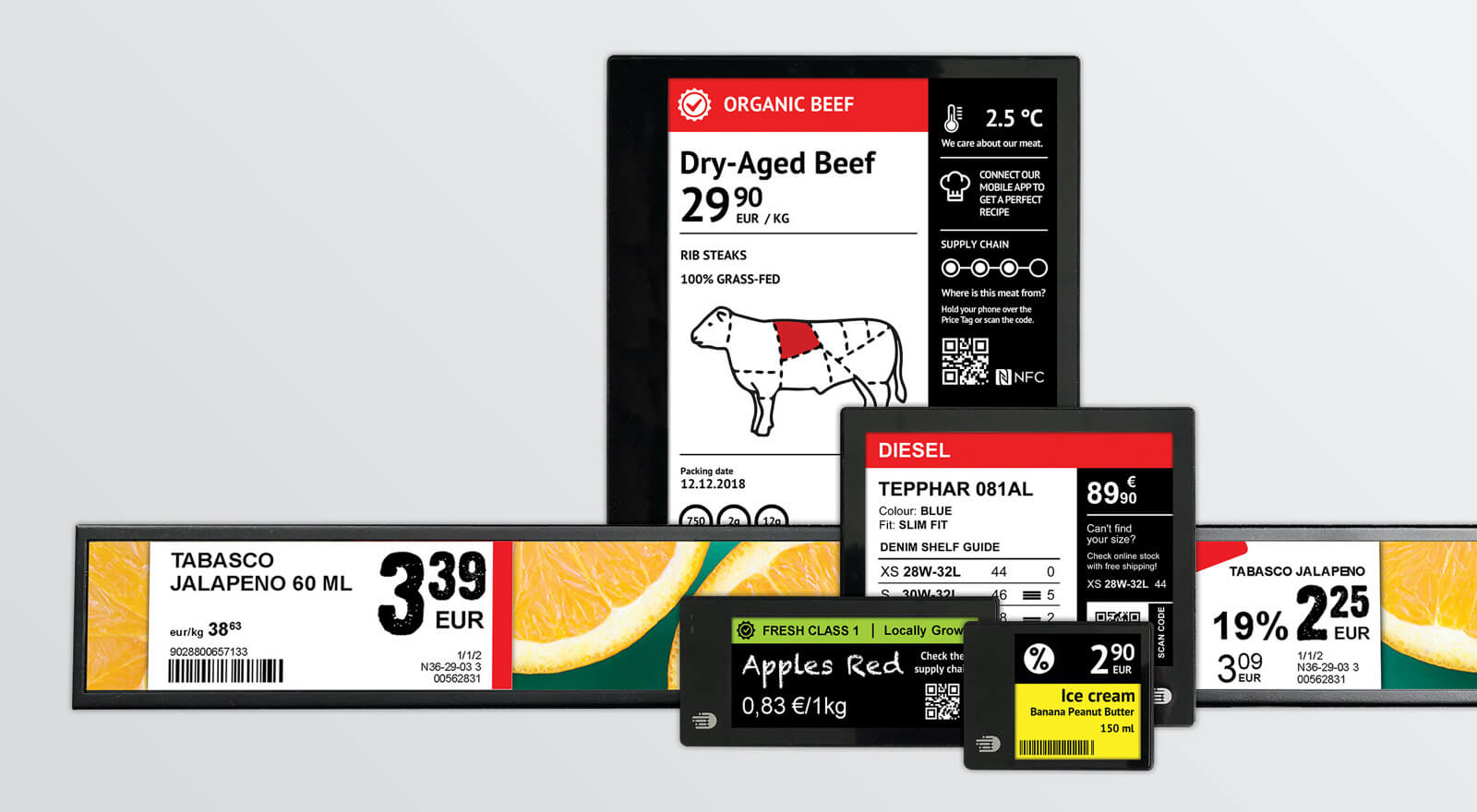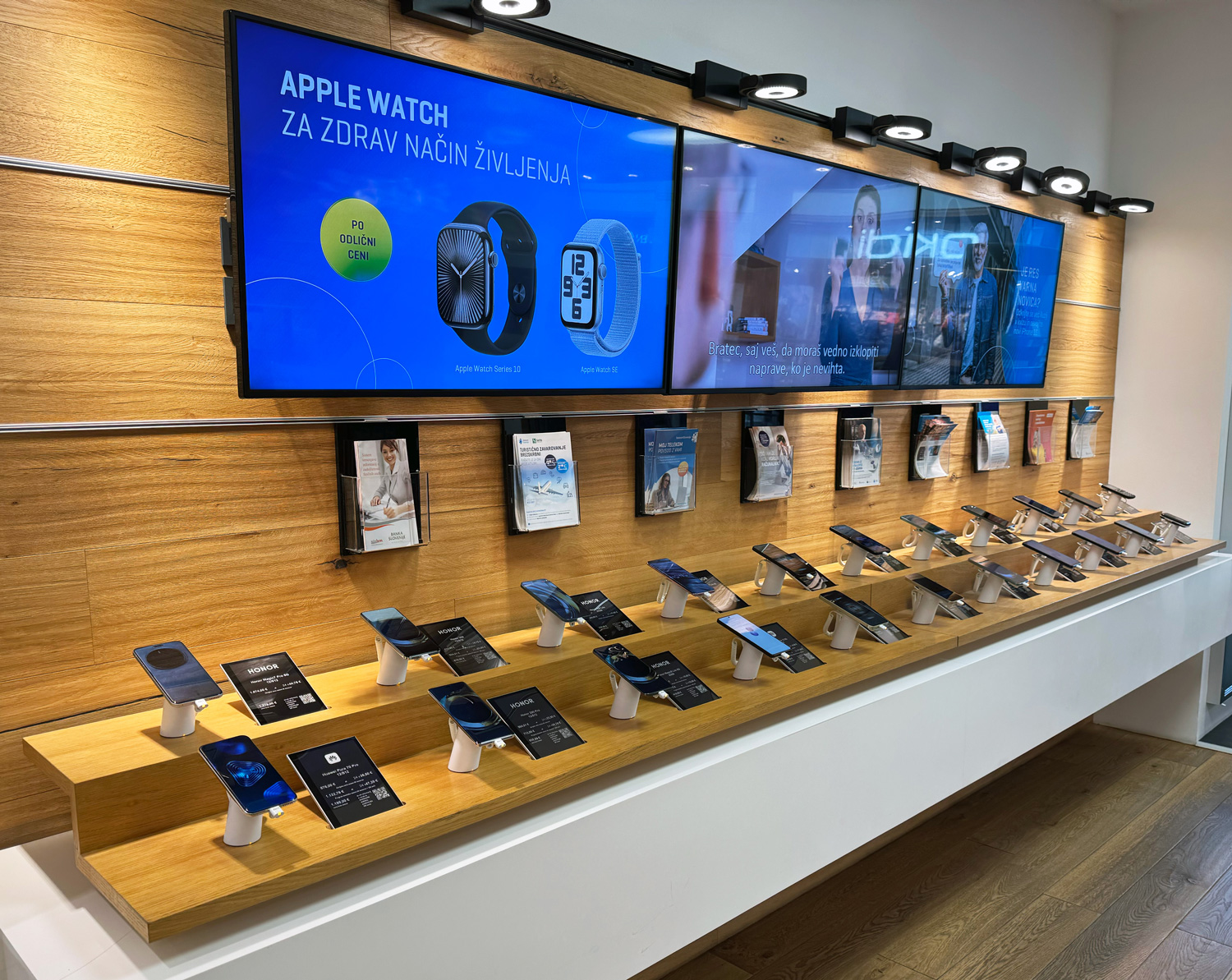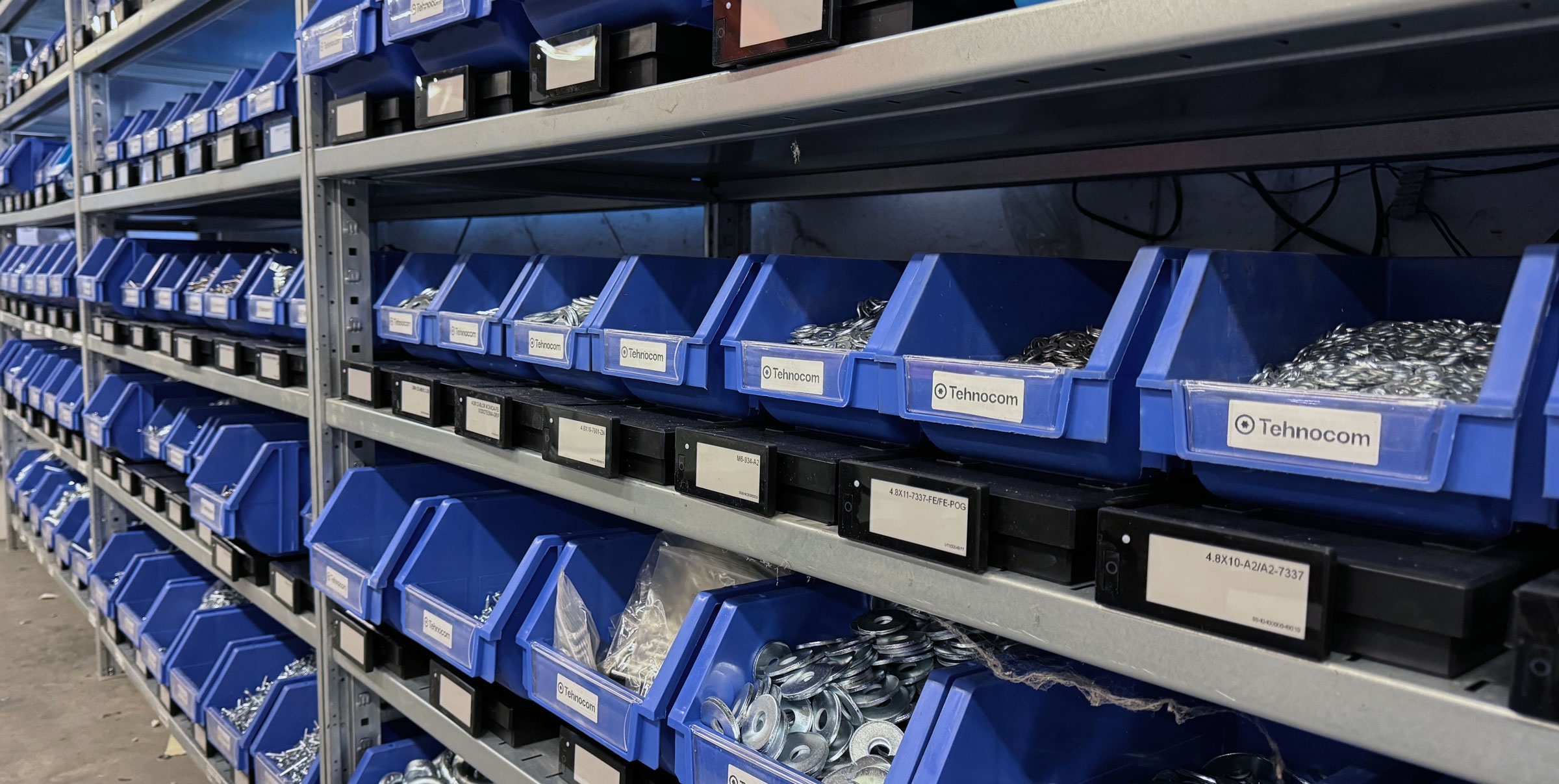You might not see them too often, but electronic shelf labels (ESLs) have been around for several decades. While they were considered quite gimmicky in their early days due to poor integration and connectivity, high energy consumption and maintenance costs, and questionable return on investment, they have gained traction in recent years with the introduction of e-paper display technology and wireless communication.
It is not surprising that ESLs placed on the shelf edge of retail stores continue to be used primarily for product pricing. When properly integrated with the store management system, POS processor, or ERP system, they can dynamically display additional information such as item availability and inventory levels, production and expiration dates, or other product information that not only informs the customer, but can influence them to buy when they are most likely to do so.

The ability of ESLs to change prices on-the-fly and over-the-air reduces the labor cost of manual price changes while ensuring that prices are accurate and synchronized across different channels (i.e. online and offline). Although retailers may be reluctant to adopt dynamic pricing based on the ideal of John Wanamaker, the father of the price tag, who believed that everyone should be equal before price, it is dynamic pricing that allows retailers to fluctuate prices to better match demand and inventory levels throughout the day, better respond to ever-increasing online competition, and create customized and personalized promotions.

State-of-the-art ESLs, such as the Agitron Smart Shelf Labels use the latest technology to enable retailers to use them for electronic article surveillance (i.e., preventing shoplifting), digital signage (e.g., displaying information that influences the decision to buy related products, thereby enabling cross-selling), monitoring the freshness of fruit and vegetables, and counting and tracking shoppers in a non-invasive and privacy-compliant manner, and feeding this data directly into the store floor plan view.
Properly implemented, ESLs, along with an integrated cloud-based software, can prove to be a powerful tool in the hands of any store manager, helping them save time and money on printing labels and manually replacing them, while allowing them to focus on meaningful interactions with customers and making better data-driven decisions to optimize the in-store operations.
Properly implemented, ESLs, along with an integrated cloud-based software, can prove to be a powerful tool in the hands of any store manager, helping them save time and money on printing labels and manually replacing them, while allowing them to focus on meaningful interactions with customers and making better data-driven decisions to optimize the in-store operations.



